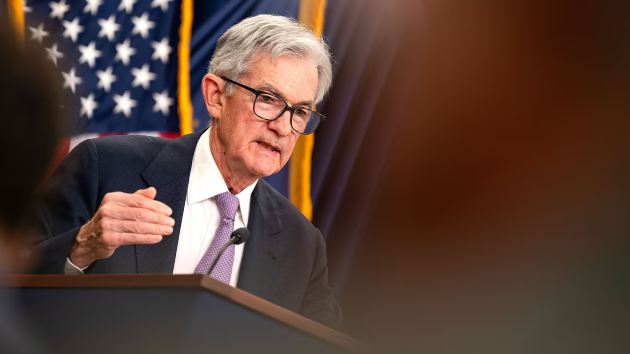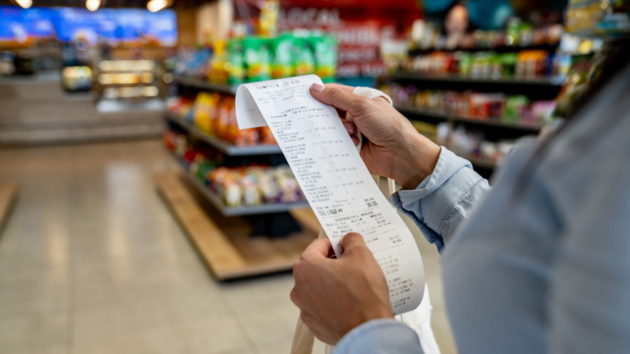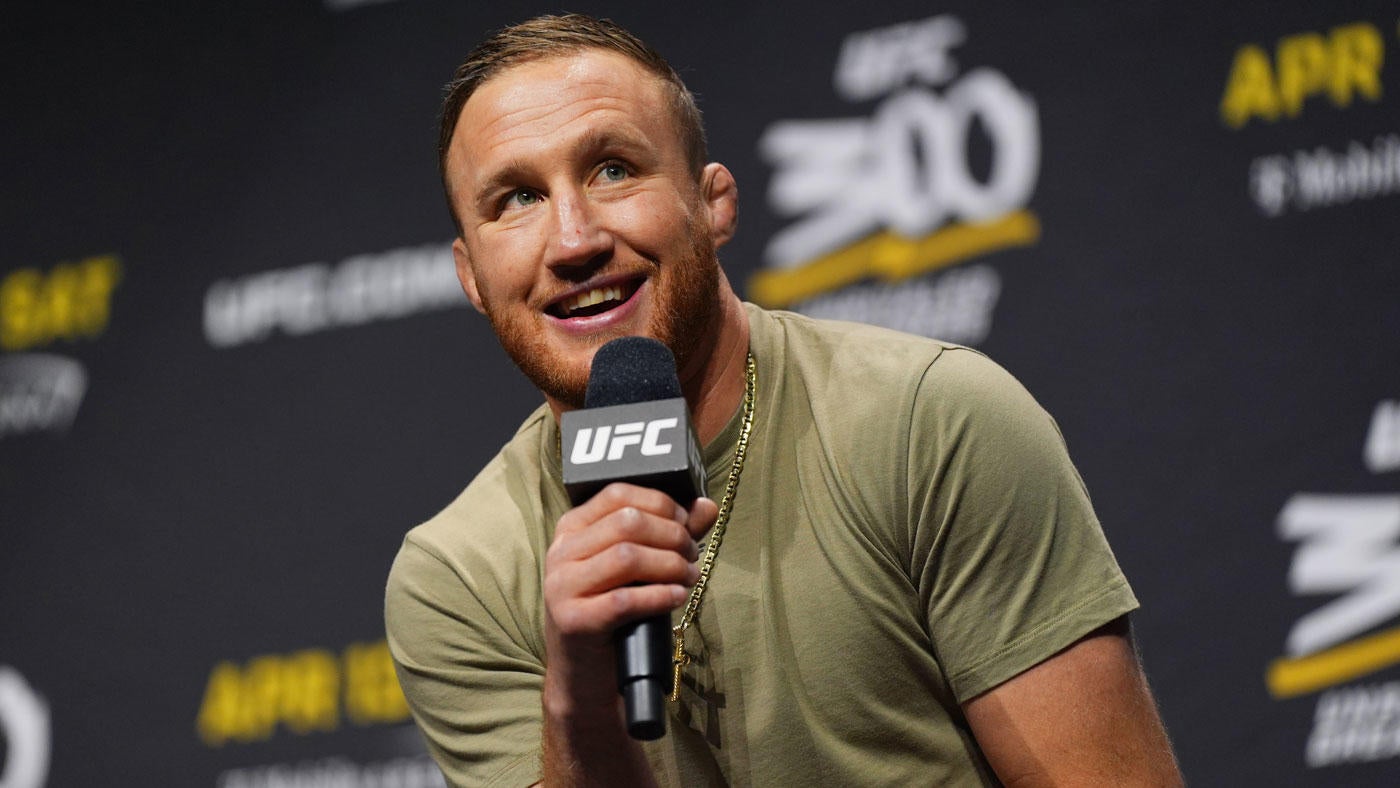Inflation surged higher in March
Written by ABC Audio ALL RIGHTS RESERVED on April 10, 2024
(NEW YORK) — Consumer prices rose 3.5% in March compared to a year ago, accelerating markedly from the previous month and reversing some of the progress achieved in a two-year fight to cool inflation, U.S. Bureau of Labor Statistics data showed. The finding matched economists’ expectations.
Price increases have cooled dramatically from a peak of about 9%, but inflation still stands more than a percentage point higher than the Federal Reserve’s target rate of 2%.
A spike in housing and gasoline prices at the outset of this year has helped prolong the nation’s bout of elevated inflation. Meanwhile, economic performance has been robust, boosting consumer demand and putting upward pressure on prices.
The latest finding indicated an uptick from the 3.2% annual inflation rate recorded in February.
At a meeting last month, the Fed opted to keep rates highly elevated in response to stubborn inflation. The Fed Funds rate remains between 5.25% and 5.5%, matching its highest level since 2001.
“On inflation, it’s too soon to say whether the recent readings represent more than just a bump,” Fed Chair Jerome Powell told a business conference at Stanford University last week.
“Given the strength of the economy and progress on inflation so far, we have time to let the incoming data guide our decisions on policy,” Powell added.
The Fed said last month that it still intends to make three interest rate cuts this year.
Interest rate cuts would lower borrowing costs for consumers and businesses, potentially triggering a burst of economic activity through greater household spending and company investment.
But the Fed risks a rebound of inflation if it cuts interest rates too quickly, since stronger consumer demand could lead to an acceleration of price increases.
In recent days, some business leaders and policymakers have voiced concern about the outlook for inflation.
In his annual shareholder letter on Monday, JPMorgan Chase CEO Jamie Dimon warned that a host of factors, including government spending and global trading shocks, could make the final leg of inflation’s path down to normal levels much more difficult than many observers expect.
Speaking at a meeting of the Shadow Open Market Committee in New York City last week, Fed Governor Michelle Bowman said she sees “a number of upside risks to inflation.”
The rough patch for inflation in recent months has coincided with strong economic performance, despite persistently high interest rates meant to slow economic activity.
Employers hired 303,000 workers last month, blowing past economist expectations of 214,000 jobs added, according to a report from the U.S. Bureau of Labor Statistics on Friday.
The hiring far surpassed the average number of jobs added each month over the previous year, suggesting an acceleration in performance for one of the key metrics used to assess the nation’s economic health.
Last week, Powell referred to surveys of consumer and business sentiment that suggest inflation is widely expected to return to normal levels.
“The public does believe — and it’s a good thing, because it’s true — that inflation will go back down to 2%,” Powell said. “That’s very reassuring but that’s partly because of the very strong action we took and also because of our ongoing commitment to actually return inflation to 2% over time.”
“And that is our commitment,” Powell added.
Copyright © 2024, ABC Audio. All rights reserved.







